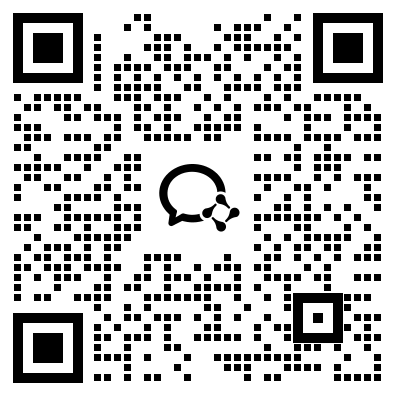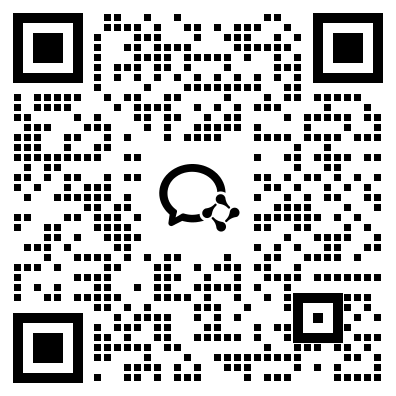Data from: Experimental signal dissection and method sensitivity analyses reaffirm the potential of fossils and morphology in the resolution of the relationship of angiosperms and Gnetales
收藏DataONE2018-04-30 更新2024-06-08 收录
下载链接:
https://search.dataone.org/view/null
下载链接
链接失效反馈资源简介:
The placement of angiosperms and Gnetales in seed plant phylogeny remains one of the most enigmatic problems in plant evolution, with morphological analyses (which have usually included fossils) and molecular analyses pointing to very distinct topologies. Almost all morphology-based phylogenies group angiosperms with Gnetales and certain extinct seed plant lineages, while most molecular phylogenies link Gnetales with conifers. In this study, we investigate the phylogenetic signal present in published seed plant morphological datasets. We use parsimony, Bayesian inference, and maximum likelihood approaches, combined with a number of experiments with the data, to address the morphological-molecular conflict. First, we ask whether the lack of association of Gnetales with conifers in morphological analyses is due to an absence of signal or to the presence of competing signals, and second, we compare the performance of parsimony and model-based approaches with morphological datasets. Our results imply that the grouping of Gnetales and angiosperms is largely the result of long branch attraction, consistent across a range of methodological approaches. Thus, there is a signal for the grouping of Gnetales with conifers in morphological matrices, but it was swamped by convergence between angiosperms and Gnetales, both situated on long branches. However, this effect becomes weaker in more recent analyses, as a result of addition and critical reassessment of characters. Even when a clade including angiosperms and Gnetales is still weakly supported by parsimony, model-based approaches favor a clade of Gnetales and conifers, presumably because they are more resistant to long branch attraction. Inclusion of fossil taxa weakens rather than strengthens support for a relationship of angiosperms and Gnetales. Our analyses finally reconcile morphology with molecules in favoring a relationship of Gnetales to conifers, and show that morphology may therefore be useful in reconstructing other aspects of the phylogenetic history of the seed plants.
创建时间:
2018-04-30



